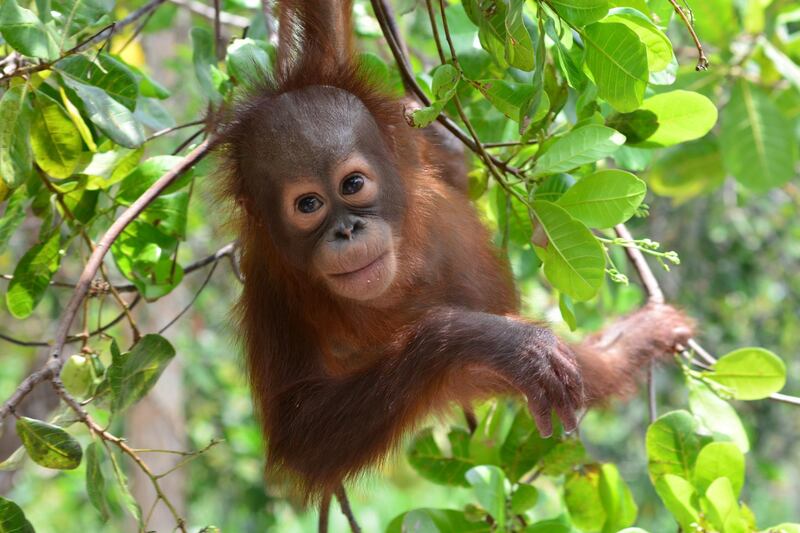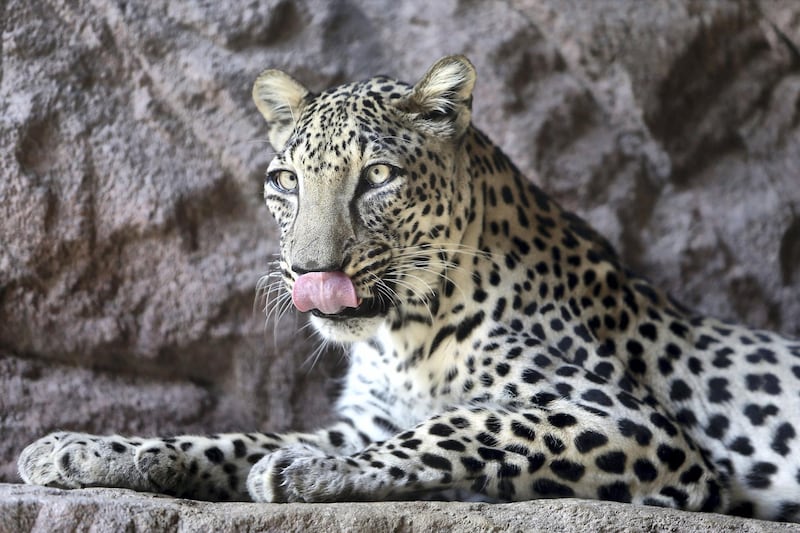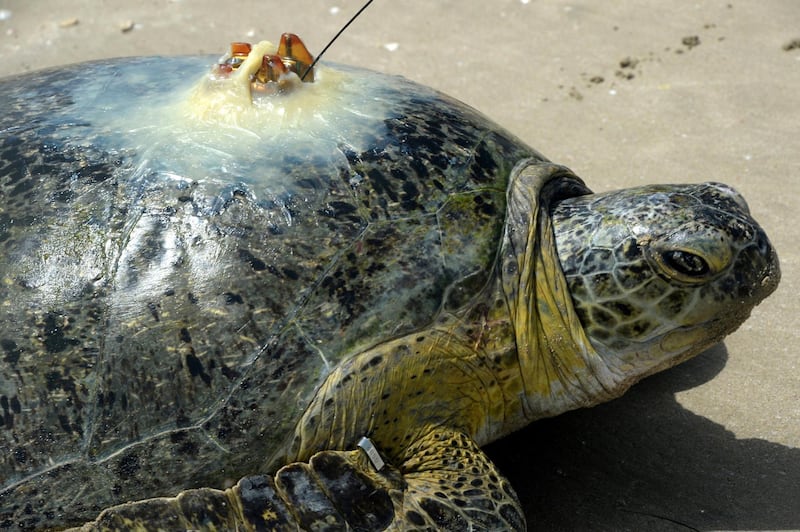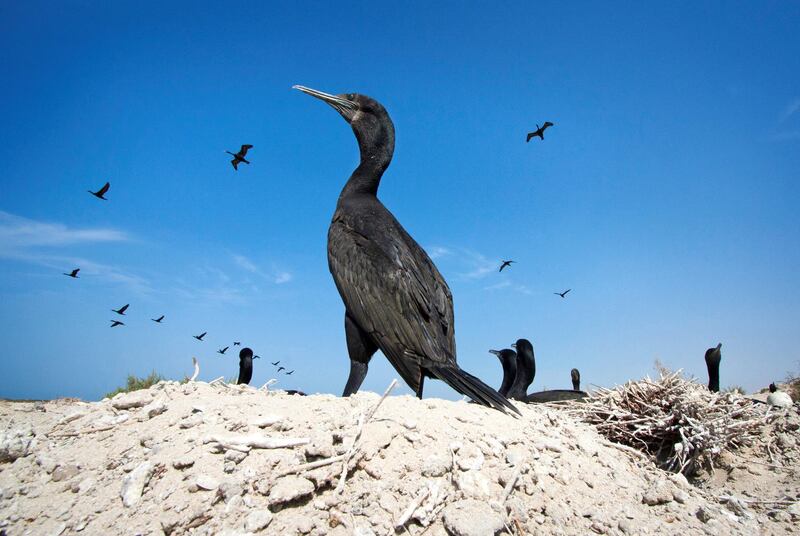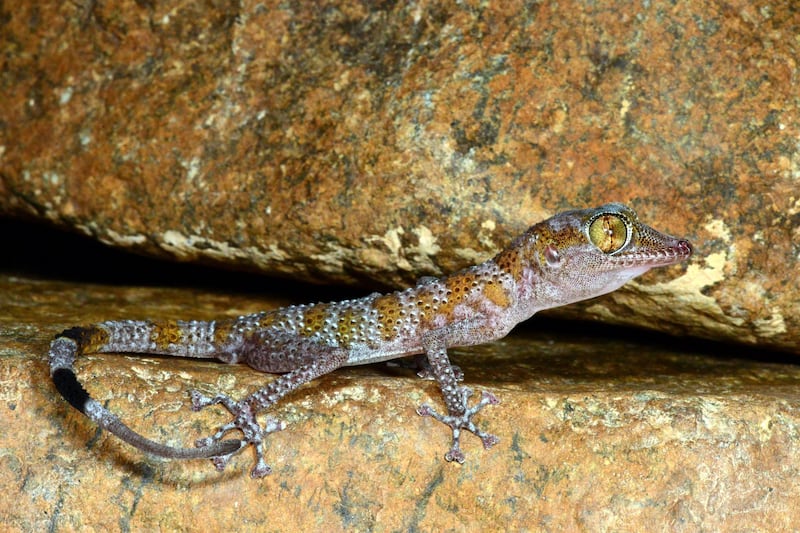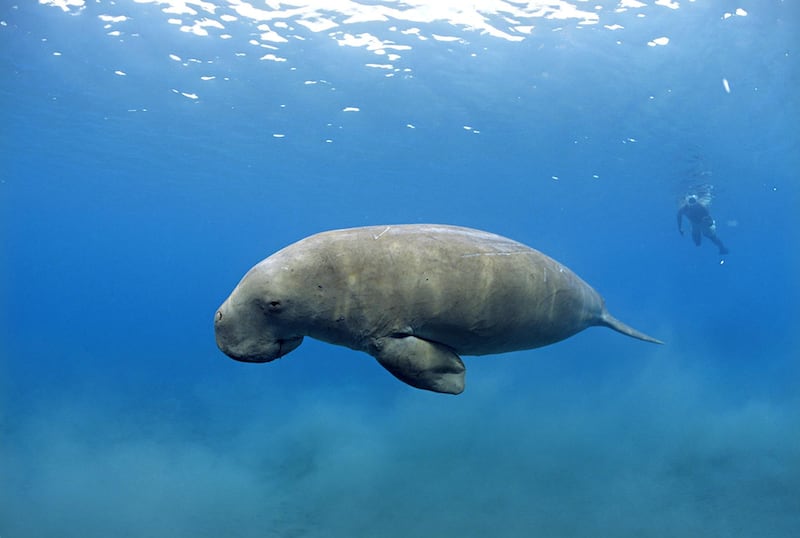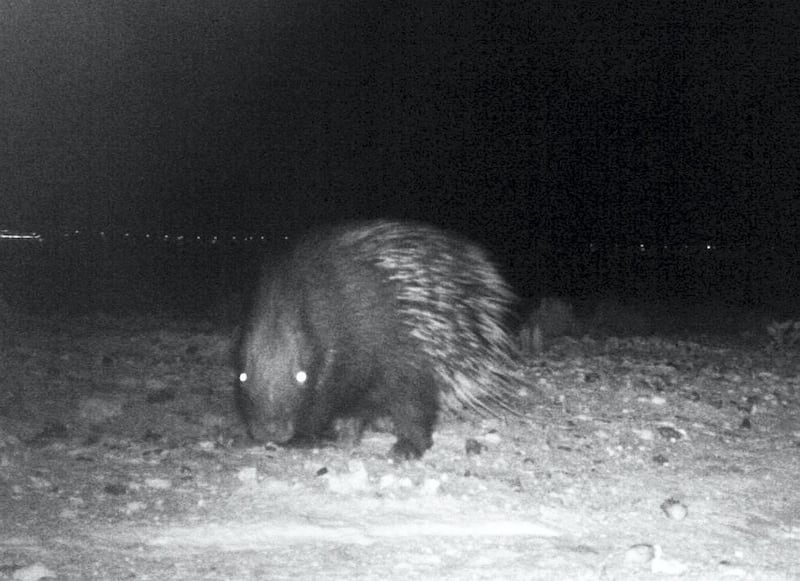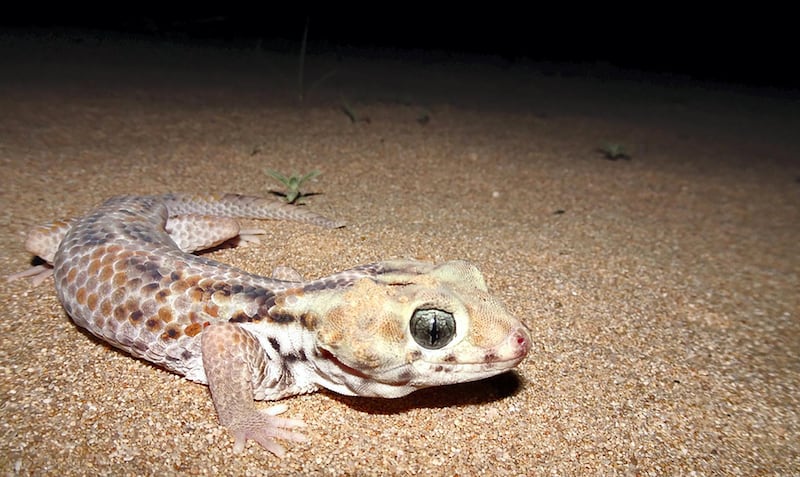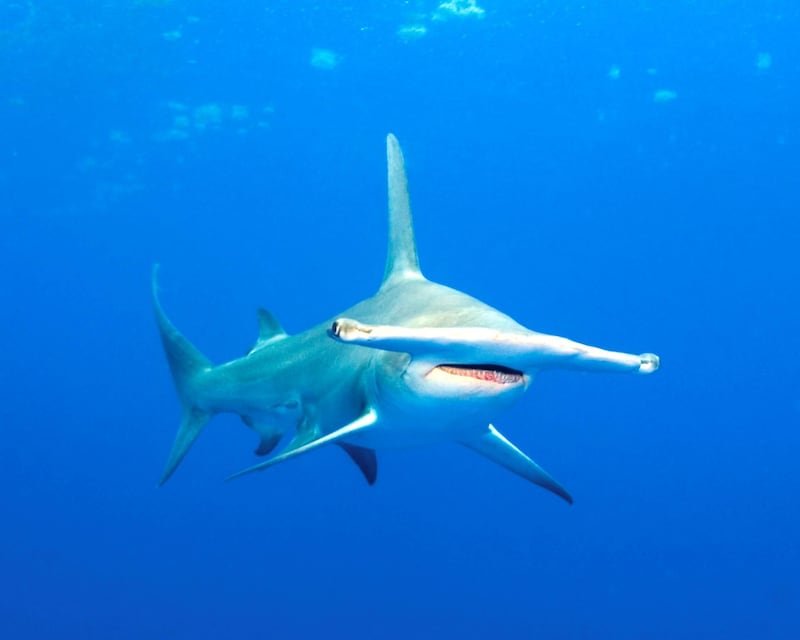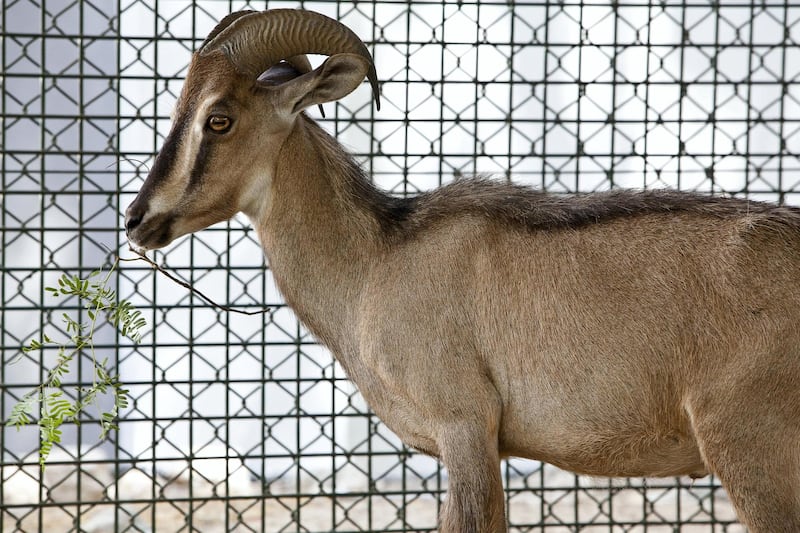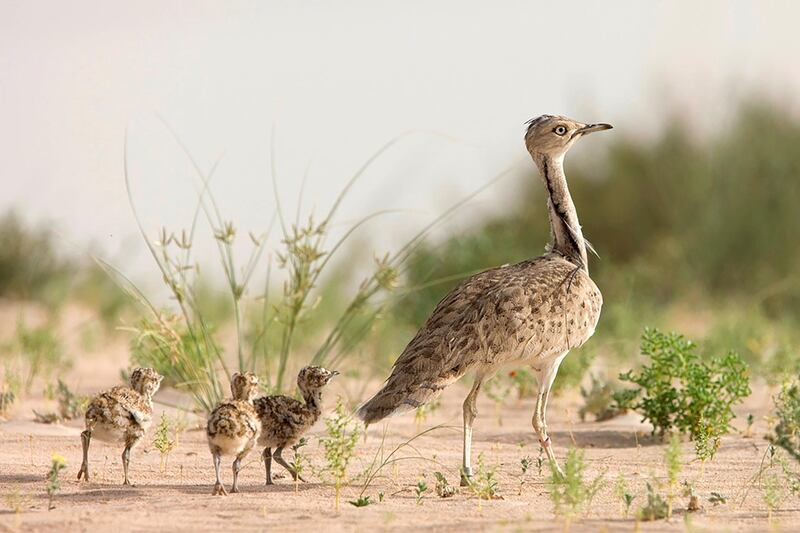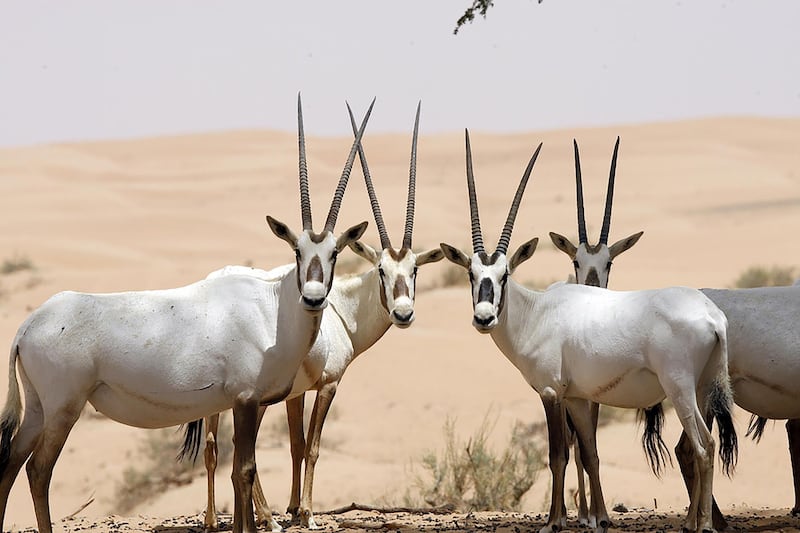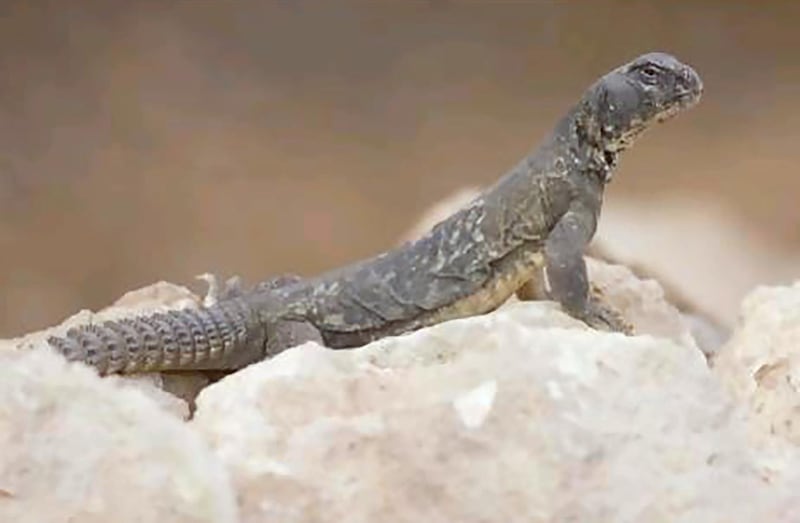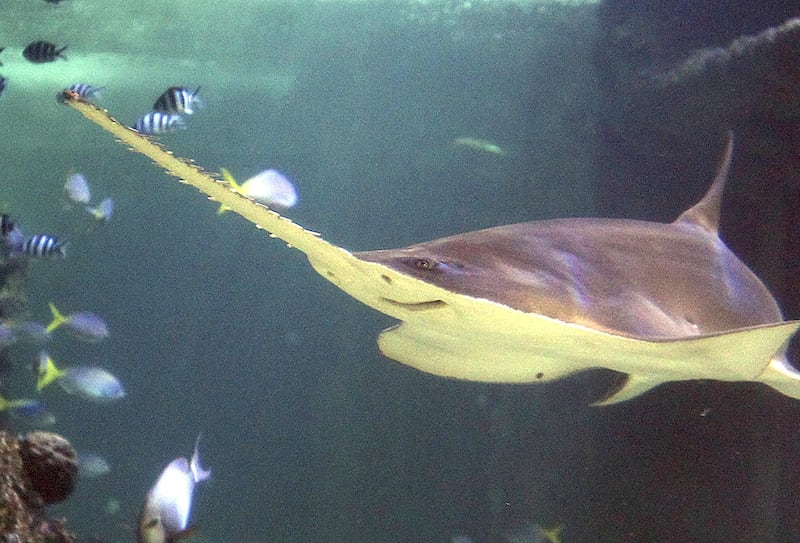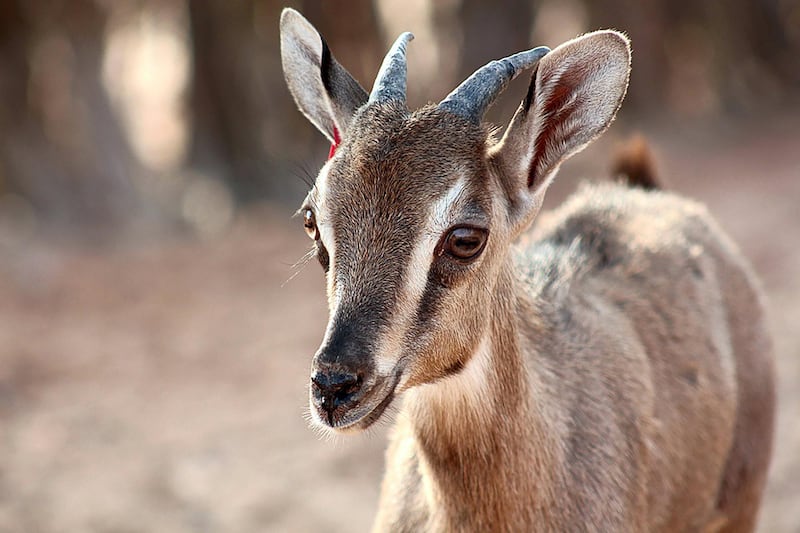A total of 1,237 species across the world face human-driven threats to their survival in more than 90 per cent of their habitat, according to new research. A further 395 are affected in their entire area.
The study, which was published in the journal PLOS Biology, states these animals "will almost certainly face extinction," unless effective conservation initiatives intervene.
A total of 5,457 species of birds, mammals and amphibians were studied as part of the new research from a team of scientists working with Australia's University of Queensland and the Wildlife Conservation Society. For each species, threats were mapped in their habitats in order to determine what factors are most effected by causes of biodiversity loss.
This all comes from the same team who found that just five countries are responsible for 70 per cent of the last remaining intact ecosystems. These are Australia, the US, Brazil, Russia and Canada.
The researchers divided the planet up into 30-square-kilometre boxes in order to identify "hotspots", where the species are most affected by common threats to biodiversity — such as agriculture, urbanisation, rail and waterways, and population density — and "coolspots", where critters could find refuge.
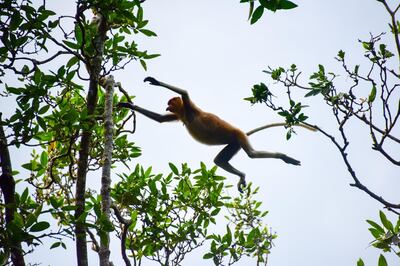
They found the impacts could be "extensive" and "severely limiting the area within which species can survive".
Lead author James Allan, a postdoctoral researcher at the University of Queensland, said: “These species will decline and possibly die out in the affected parts of their habitat without conservation action. Completely affected species will almost certainly face extinction.”
He adds that the estimates may be conservative, as they don't take into account infectious diseases or climate change impact.
A look at the UAE's most endangered species:
The top five countries most affected by human activity were all found to be in South East Asia, including Malaysia, Brunei and Singapore. "We confirm [South East Asia] is overwhelmingly the dominant global hotspot of impacts to species," the study states.
Interestingly, due to its rich biodiversity, the area also has the highest score for "coolspots", along with Liberia, the Amazon rainforest and the Andes mountains in South America, as well as Nepal, Bhutan and Myanmar.
